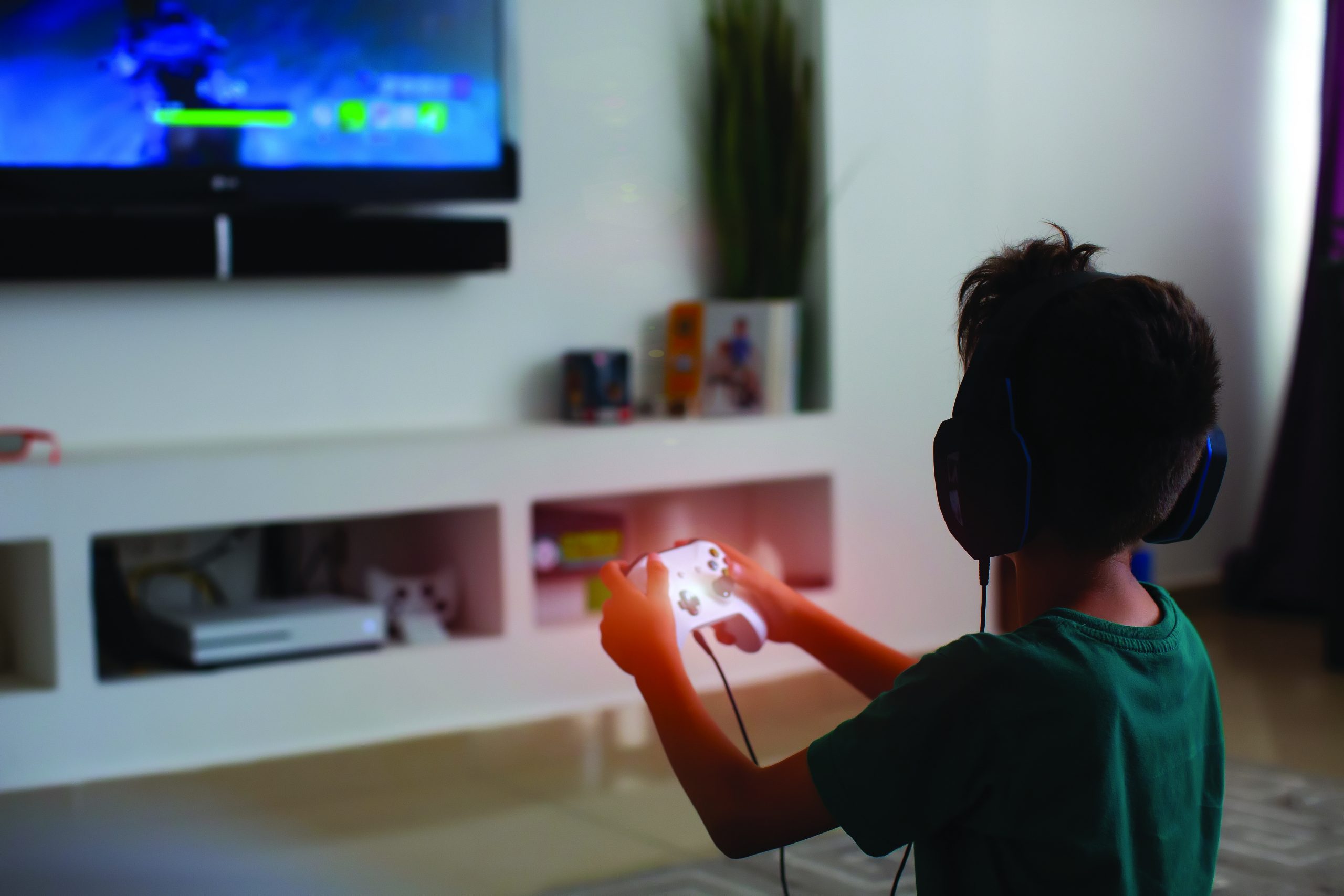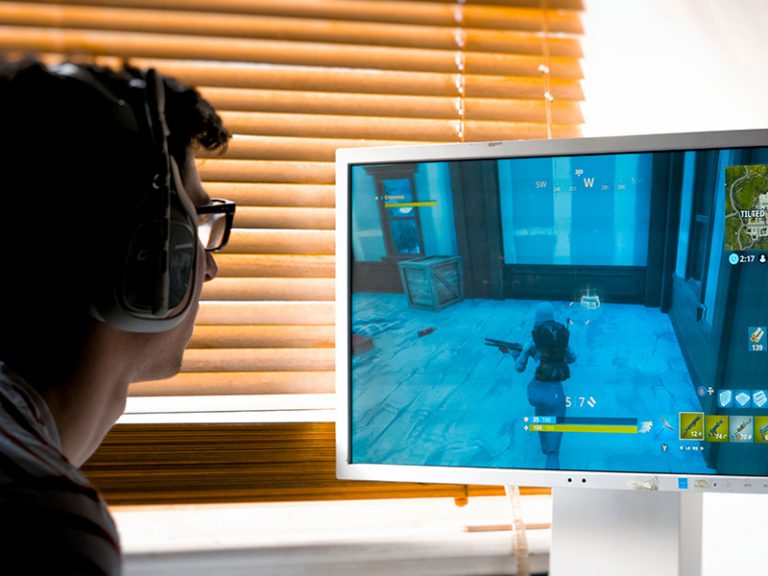Help your teen break free from digital devices addiction
DR. MAZHER ALI
Enabling and empowering adolescents to break free from device addiction requires patience, understanding, and active involvement of parents

The percentage of adolescents glued to digital devices including smartphones, computer tablets, and laptops, is rising continuously. Digital device addiction aka screen addiction or digital addiction, is characterised by excessive and compulsive use of electronic devices, to the detriment of other activities. It manifests in several forms, including social media, gaming, and internet addiction. Here are some tell-tale signs that your teen is struggling with device addiction:
Excessive screen time. Spends excessive time on digital devices, often at the expense of other important activities such as schoolwork, physical exercise, or face-to-face social interactions.
Withdrawal symptoms. Displays symptoms such as irritability, anxiety, and restlessness when denied access to digital devices.
Neglects responsibilities. Fails/slacks in completing school assignments, chores, or other obligations due to device usage.
Loss of interest. Loses interest in activities that were once enjoyable, as the digital world becomes all-encompassing.
Social isolation. Prefers online interaction over face-to-face communication, leading to social isolation.
Physical and emotional health problems. Digital addiction can cause eyestrain, poor posture, and sleep disturbances, as well as emotional problems such as depression and anxiety.
It’s imperative for parents to recognise signs of device addiction and follow up with practical strategies to wean teens off digital devices. Here are some effective suggestions.
Open communication and education. The foundation of any effort to wean teens off device addiction is open and non-judgmental communication. Encourage them to talk about their device dependence and voice their struggles. Simultaneously, educate them about the potential risks and consequences of excessive screen time. Share statistics and studies that highlight the physical and psychological effects of digital addiction. Understanding the why behind need for moderation is a powerful motivator.
Set clear boundaries. Establish clear and consistent rules for usage of digital devices. These rules should apply to screen time and content. For instance, set a daily limit on the number of hours your teen can use devices. You can also establish device-free zones and times, such as during meals or in the hour leading to bedtime.
Lead by example. Children and teenagers model their behaviour after the adults in their lives. If they see you constantly glued to digital devices, it will be challenging to persuade them to limit their own screen time. Practice what you preach by setting a good example of balanced device usage. This will not only help your teen but also benefit the entire family.
Encourage alternative activities. Teens turn to digital devices because they offer instant gratification and entertainment. Encourage them to explore and engage in other enjoyable alternative activities. These include sports, reading, art, volunteer work. The goal is to suggest appealing alternatives to screen watching.
Create a device-free home environment. Designate specific areas of the home as digital device-free zones. These could include the dining room, bedrooms, or living room. In these spaces, digital devices should be proscribed, creating opportunities for face-to-face communication and other activities.
Use parental control software. Consider using parenting apps or software to monitor and restrict your teen’s device usage. These apps limit screen time, block access to specific apps or websites, and track your teen’s online activity. While control apps should be used with caution and respect for individual privacy, they are useful for drawing boundaries.
Encourage physical activity. Encourage your teen to engage in physical activities and exercise. Participating in sports and games, going for a walk, or doing yoga reduces the allure of digital devices.
 Promote social interaction. Digital addiction can lead to social isolation. Encourage your teen to spend quality in-person time with friends and family. Organise social gatherings, outings, and events to promote person-to-person interaction. This strengthens relationships outside the digital world.
Promote social interaction. Digital addiction can lead to social isolation. Encourage your teen to spend quality in-person time with friends and family. Organise social gatherings, outings, and events to promote person-to-person interaction. This strengthens relationships outside the digital world.
Support mental health. Underlying emotional or psychological problems can also contribute to device addiction. If you suspect your teen is using digital devices as a coping mechanism, consult a therapist or counselor. Providing emotional support and a safe space for your teenager to express their feelings is crucial.
Involve your teen in drawing up rules. While setting digital usage rules and boundaries, parents should involve teens in the decision-making process. This encourages them to take ownership of their screen time and become accountable. It also provides an opportunity for them to voice their problems and preferences.
Monitor online content and apps. An important parental duty is to monitor the content their teens are viewing. Many apps and websites are designed to become addictive and are not suitable for adolescents. Be vigilant and informed about the apps they use and guide them towards educational, informative, and age-appropriate content.
Reward system. Implement a reward system to reinforce positive behaviour. When your teen adheres to established rules and reduces digital device usage, offer incentives and rewards. This positive reinforcement will motivate them to break free from device addiction gradually.
Track progress. Keep a record of your teen’s device usage and their compliance with set rules. Review and discuss their progress regularly, celebrating successes and addressing any challenges or setbacks with understanding and patience.
Enabling and empowering adolescents to break free from digital addiction requires patience, understanding, and active involvement of parents and educators. Remember that change is gradual, and it’s essential to address this challenge with empathy and a commitment to children’s well-being. The goal is not to eliminate technology from their lives but to ensure it’s informative and enriching rather than addictive.
(Dr. Mazher Ali is a well-known Hyderabad-based psychiatrist with over 24 years of clinical practice)
















Add comment